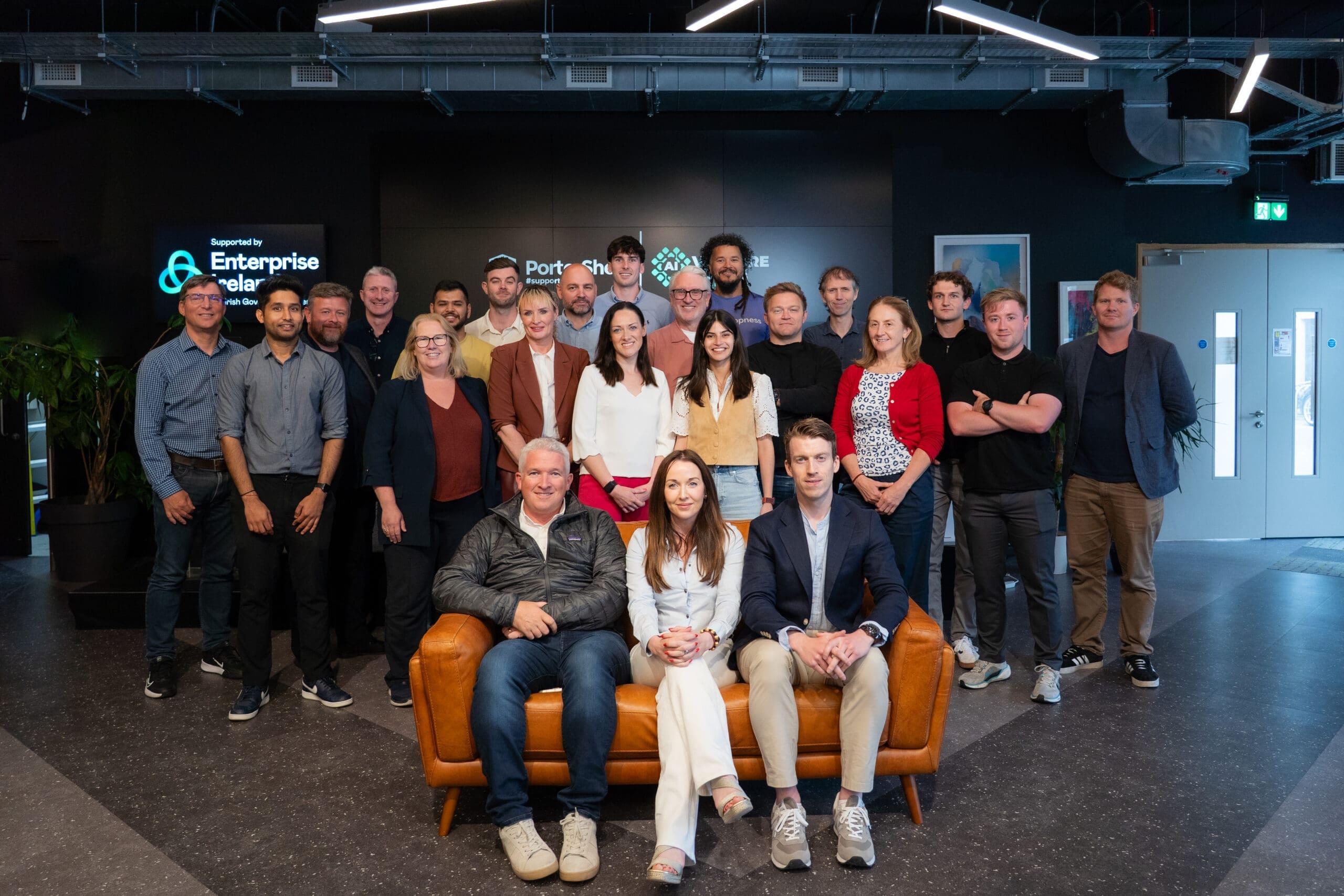Models
OK, I’m guilty of wandering fairly far afield. Some of my recent blog posts have been at 30,000 feet and 3500 miles west. Been a dog off the leash. So this week my feet are firm on the ground and I’m focused on startup world in the here and now.
Let’s talk about models.
We build endless models, awake and asleep. The brain is always busy analyzing, exploring, managing risk, making plans or revamping existing ones. What’s the fastest way through the city at rush hour? How do I approach this meeting with a prospective customer? How do I get that boy/girl to notice me? Decision-making is a complex combination of prior experience, intuition, logic and a variety of biases that sneak in unawares.
And we learn by mistakes – or by recent experience. If the traffic on Newcastle Road is a mess, we avoid it the next time. If my sales presentation doesn’t garner attention, I might revise it – or ditch it. Maybe a new haircut will turn heads.
All of our business efforts are by model building. We build a model of the marketplace and how our product or service best addresses market needs. We build a model target audience and a model of how to gain awareness, gain customers, gain market share. We build a model of how much money we need and how much we think we’re worth.
Some of this is projection – collective insights from years of working in a particular field or living with a particular problem. Patrick McDermott of Digitally has spent his professional career in accounting and stock taking. He knows how managers struggle to get in-time information about perishable food items and he built a business on a simple, phone-based solution. Suzanne Moloney of Hidramed Solutions has a chronic condition and well understands the challenges of wound care – which led her to novel solutions for her and millions facing similar challenges.
Some of this is internal story-telling – creating a mental picture and working to make it real. Which is great, but reality intrudes. The market doesn’t work like you think it does. Or customers don’t buy for the reasons that you think they do. Which is why models that incorporate data, second-hand and, most important, primary data, are the coin of the realm. The mix of passion and fact is tough to beat.
But what happens when models – however data intensive – don’t work? All available financial models suggest that world real estate markets are not correlated, and diversification is an effective hedge.
Then 2007 happened.
One of the sad realities of our current crisis: all the models for pandemic – spread, interdiction, human behavior — were wrong. And as quick as our models have been revised, they have been proven wrong.
Modern models, built on computing power and the ability to analyze and correlate large data sets, have changed the world. They help with everything from meteorology to investing, from medicine to manufacturing. But modeling has an inherent flaw: it is necessarily backward looking. The data from previous pandemics – even SARS and MERS, viruses related to Covid-19 – was useful up to a point. When history doesn’t provide answers, we’re left dancing as fast as we can.
As we did in 2007/2008.
And as we’re doing today.
The lesson for startups should be clear. However strong your intuition, however sound your data, you’re always driving with your eyes fixed on the rear-view mirror. Reality is ahead and it’s not going to sit still for us to get our products to market. The successful entrepreneur either envisions what the world is going to be like (a combination of luck and precognition) or evolves her product to fit the changing circumstances of market, customer, and competition. Andy Grove of Intel used to say it’s good to be paranoid, which was his way of addressing the problem. Wayne Gretzky, the hockey star put it another way: ‘I go the where the puck is going to be.’
Smart investors will find companies that have a story and a model that fits the story. And a team that is flexible and adept at evolving the model and the story – going where the puck is going to be – to score goals despite the unpredictability of daily life in these here parts.

Bob Rosenberg
Educator (Associate Professor) / Entrepreneur / Leader of angel
communities /Entrepreneur in residence at PorterShed
and BioExcel / Rarosenberg@gmail.com


